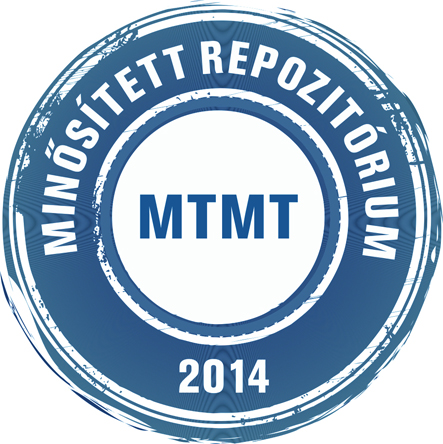Manurova, Klaudia Alkalmazástechnológiai kutatások a hajlékonyfalú csomagolóanyagok flexográfiai nyomtatásának pre-press folyamataiban. Doktori értekezés, Soproni Egyetem.
|
PDF
Doktori_Repozitorium.pdf Download (4MB) |
|
|
PDF
Tezisfuzet_magyar_Manurova_Klaudia.pdf Download (584kB) |
|
|
PDF
Tezisfuzet_angol_Manurova_Klaudia.pdf Download (565kB) |
|
|
PDF
Doktori_dissertatcio.Text.Marked.pdf Download (6MB) |
Absztrakt (kivonat)
The research presented in the doctoral dissertation focused on how the technological areas of flexographic printing and prepress can be made better, more optimal, and more efficient with the help of scientific research methods and tools. The summary findings, based on the responses obtained through a broad questionnaire survey among Hungarian flexographic printing houses producing flexible packaging materials, provided guidance and helped to identify the scientific areas on which the doctoral research focused. In this way, hypotheses could be formulated, to verify which experimental measurement programs and tests should be prepared, the implementation conditions of which in each case corresponded to real production conditions. All printing tests took place in an industrial environment, in a Hungarian flexographic printing house. The results of the research show that microcellular structures applied to flexographic printing plates improve the quality of ink transfer on synthetic single-layer and self-adhesive substrates (polypropylene, polyethylene, polyester). Printing tests have shown that the best results on brown kraft paper substrates are achieved using a soft, flat-top printing plate, even without the use of a surface structure. Research and testing among modern technologies have provided the answer to the question of how negative and positive thin texts and lines, which are often experienced as critical points in flexographic printing, can be made more printable. The use of a stochastic rosette significantly improves readability, especially in the case of small graphic elements. Tests and studies show that electrophotographic digital printing technology achieves the largest reproducible color gamut compared to solvent flexo printing, UV flexo printing, UV EGP flexo printing and digital printing on one of the most commonly used substrates: transparent polyester film. Flexographic printing technology achieves the best results – 91.14% compared to the color gamut of the digital printing – with solvent ink systems and “semi-digital”, flat-top printing plates. Impact studies of the use of extended color gamut flexo printing (EGP) have shown that it can produce the majority of Pantone® spot colors in multicolor printing (replacing spot color printing), especially in the case of red, brown and green shades.
| Mű típusa: | Disszertáció (Doktori értekezés) |
|---|---|
| Doktori iskola: | Faipari Mérnöki és Kreatívipari Kar > Cziráki József Faanyagtudomány és Technológiák Doktori Iskola |
| Tudományterület / tudományág: | műszaki tudományok > anyagtudományok és technológiák |
| Magyar cím: | Alkalmazástechnológiai kutatások a hajlékonyfalú csomagolóanyagok flexográfiai nyomtatásának pre-press folyamataiban |
| Angol cím: | APPLICATION TECHNOLOGY INVESTIGATIONS IN THE PRE-PRESS PROCESSES OF FLEXOGRAPHICALLY PRINTED FLEXIBLE PACKAGING |
| EPrint azonosító (ID): | 939 |
| Publikációban használt név : | Manurova, Klaudia |
| A mű MTMT azonosítója: | 36280375 |
| Dátum: | 04 ápr 2025 07:30 |
| Utolsó módosítás: | 06 aug 2025 09:07 |
| URI: | http://doktori.uni-sopron.hu/id/eprint/939 |
Actions (login required)
 |
Tétel nézet |


 Repozitóriumi letöltési statisztika
Repozitóriumi letöltési statisztika Repozitóriumi letöltési statisztika
Repozitóriumi letöltési statisztika
